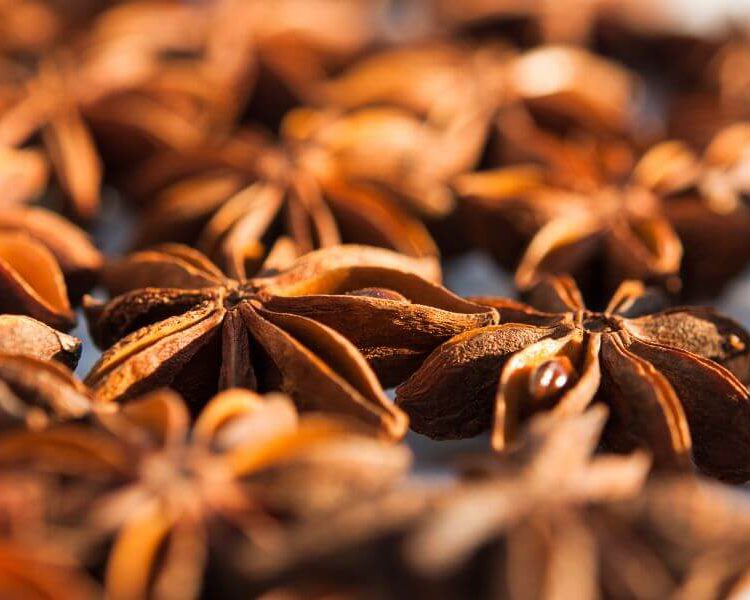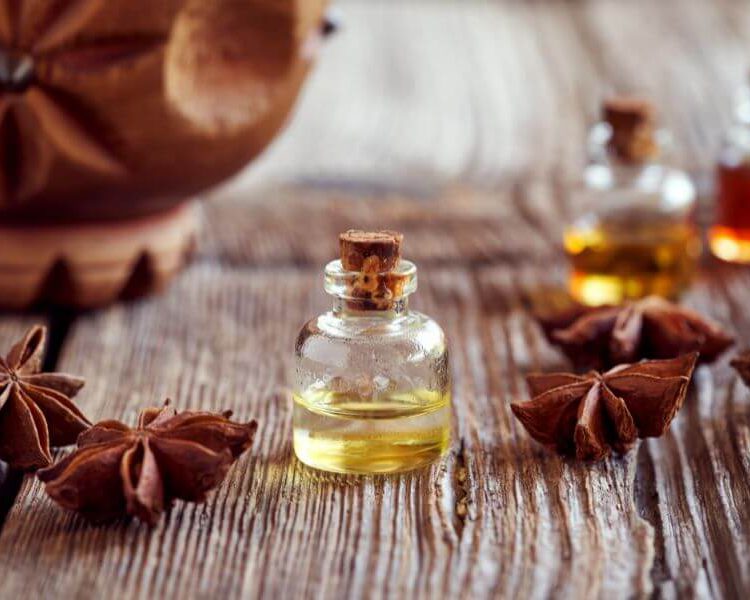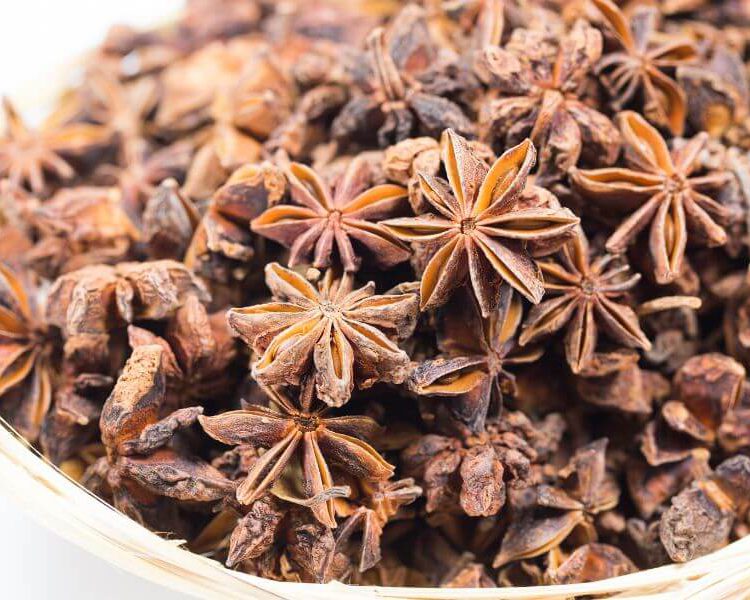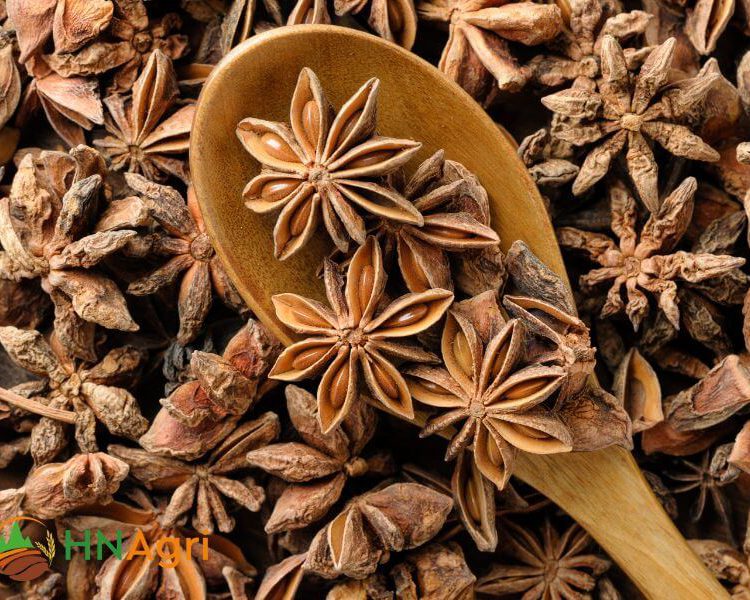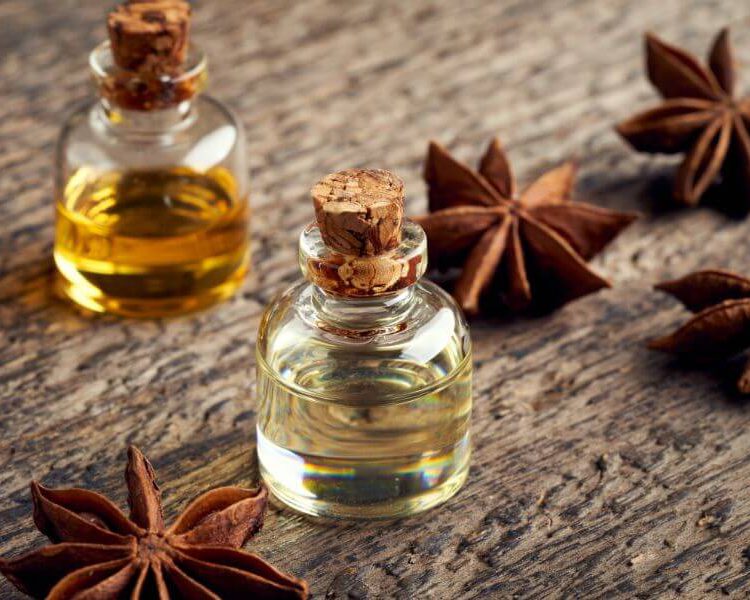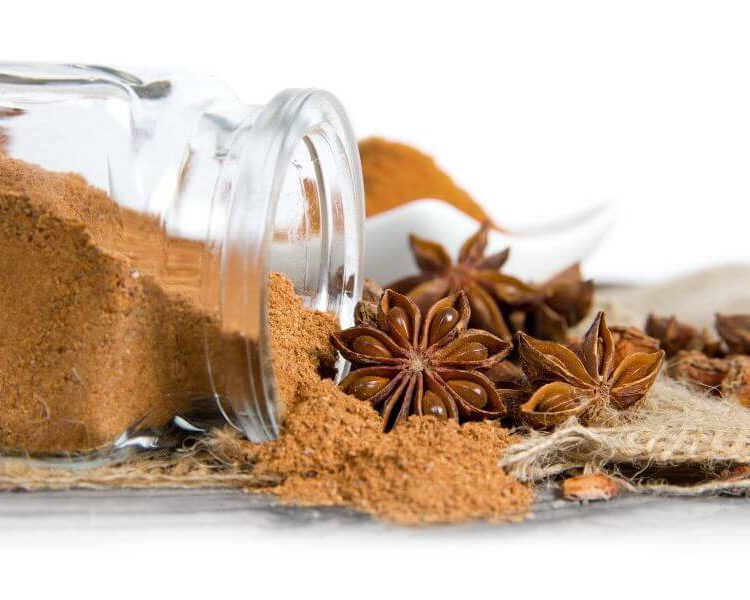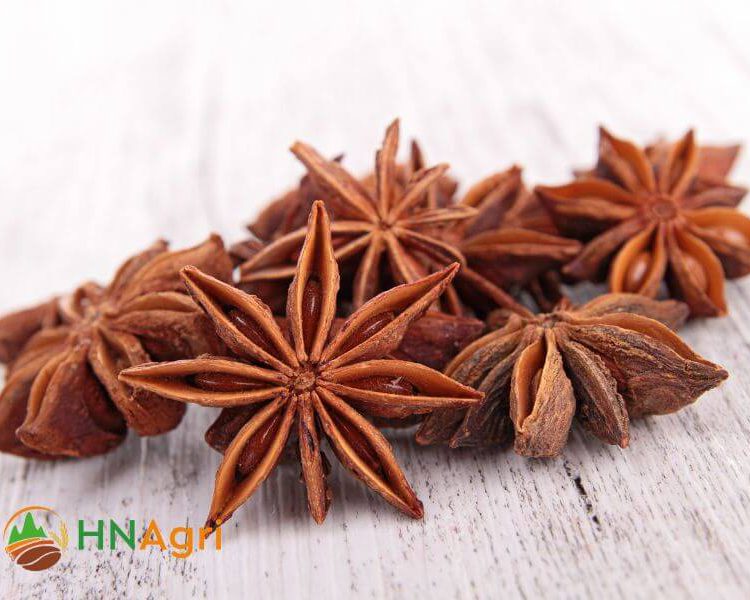| Name | Vietnamese raw star anise VS2 |
| Origin | Lang Son, Viet Nam |
| Moisture | 13.5% max |
| Admixture | 1% max |
| Types | Spring star anise and Autumn star anise |
| Process | No fungus, no mildew |
| Color | Natural color |
| Packing | In bag PP (net 20 - 30 kgs) or in carton (net 10kgs) |
| Container capacity | 8.5 MT/20FT; 18MT/40HQ |
Embark on a gastronomic adventure as we delve into the enchanting world of Vietnamese raw star anise VS2. Uncover its captivating aroma, distinct taste, and its role as a prized ingredient in authentic Vietnamese dishes, adding a touch of heritage to every bite.
Getting to Know Vietnamese Raw Star Anise VS2
The first part provides you information about the roots and the features of Vietnamese raw star anise VS2.
Understanding the Roots of Vietnamese Star Anise
Vietnamese star anise (Illicium verum) is a star-shaped spice native to Southeast Asia. It is closely related to Chinese star anise (Illicium anisatum), but the two spices have different flavors and uses. Vietnamese star anise has a sweet, licorice flavor, while Chinese star anise has a more camphoraceous flavor. Vietnamese star anise is used in many Vietnamese dishes, including pho, bun bo hue, and banh mi. It is also used in Chinese, Japanese, and Korean cuisine.
The roots of Vietnamese star anise VS2 can be traced back to Vietnam, where it has been cultivated for centuries. The spice is believed to have originated in the mountainous regions of northern Vietnam. It was later introduced to other parts of Southeast Asia, as well as China and Japan.
Vietnamese star anise is a popular ingredient in traditional Vietnamese medicine. It is used to treat a variety of ailments, including coughs, colds, and digestive problems. The spice is also said to have anti-inflammatory and antioxidant properties.
Today, Vietnamese star anise is grown in many countries around the world, including Vietnam, China, India, and Indonesia. The spice is a major export crop for Vietnam, and it is one of the country’s most important agricultural products.

Understanding the Physical and Sensory Features of Star Anise
Here are some interesting facts about Vietnamese star anise:
Physical features:
- Star anise is a star-shaped spice that is about 1-2 inches in diameter.
- The individual “points” of the star are actually the carpels of the fruit.
- The color of star anise can vary from light brown to dark brown.
- The aroma of star anise is sweet and licorice-like.
- The taste of star anise is also sweet and licorice-like, with a hint of camphor.
Sensory features:
- The main flavor compound in star anise is anethole, which is also found in fennel and licorice.
- Other flavor compounds in star anise include estragole, methyl chavicol, and linalool.
- Star anise has a warm, slightly spicy flavor that can be used to enhance the flavor of many dishes.
- It is often used in Chinese, Vietnamese, and Thai cuisine.
- Star anise can also be used in desserts, such as baklava and fruitcakes.
If you are looking for a flavorful and aromatic spice to add to your cooking, Vietnamese star anise is a great option. It is versatile and can be used in a variety of dishes. You can find Vietnamese star anise at most Asian grocery stores.
How Vietnamese Star Anise Differs From Other Varieties of Star Anise
There are two main varieties of star anise: Vietnamese star anise (Illicium verum) and Chinese star anise (Illicium anisatum). Vietnamese star anise is native to Southeast Asia, while Chinese star anise is native to China.
Here are some of the key differences between Vietnamese star anise and Chinese star anise:
- Flavor: Vietnamese star anise has a sweet, licorice flavor, while Chinese star anise has a more camphoraceous flavor.
- Color: Vietnamese star anise is typically light brown, while Chinese star anise is typically dark brown.
- Shape: The points of Vietnamese star anise are more tightly clustered than the points of Chinese star anise.
- Oil content: Vietnamese star anise has a slightly higher essential oil content than Chinese star anise.
- Cultivation: Vietnamese star anise is typically grown in the mountainous regions of Southeast Asia, while Chinese star anise is typically grown in the lowlands of China.
- Vietnamese star anise is the more common variety of star anise found in the United States. It is used in many Vietnamese dishes, such as pho, bun bo hue, and banh mi. It is also used in Chinese, Japanese, and Korean cuisine.
- Chinese star anise is not as common in the United States, but it is sometimes used in Chinese medicine. It is also used in some European dishes, such as mulled wine and fruitcakes.
When choosing star anise, it is important to choose a variety that is fresh and has a strong aroma. Vietnamese star anise is typically the best choice for most dishes.

Exploring the Uses of Vietnamese Star Anise VS2 in International Gastronomy
Vietnamese star anise is a versatile spice that is used in many different cuisines around the world. Here are some of the most common uses of Vietnamese star anise in international gastronomy:
- In Vietnamese cuisine: Vietnamese star anise is an essential ingredient in many Vietnamese dishes, including pho, bun bo hue, and banh mi. It is used to add a sweet, licorice flavor to these dishes.
- In Chinese cuisine: Vietnamese star anise is also used in Chinese cuisine, especially in soups and stews. It is often used in combination with other spices, such as cinnamon, cloves, and ginger.
- In Japanese cuisine: Vietnamese star anise is used in some Japanese dishes, such as ramen and udon. It is often used to add a depth of flavor to these dishes.
- In Korean cuisine: Vietnamese star anise is used in some Korean dishes, such as bibimbap and bulgogi. It is often used to add a sweet and savory flavor to these dishes.
- In European cuisine: Vietnamese star anise is sometimes used in European dishes, such as mulled wine and fruitcakes. It is often used to add a warm and spicy flavor to these dishes.
In addition to these specific uses, Vietnamese star anise can also be used in a variety of other dishes, such as curries, marinades, and desserts. It is a versatile spice that can be used to add a touch of sweetness, licorice, and warmth to any dish.

